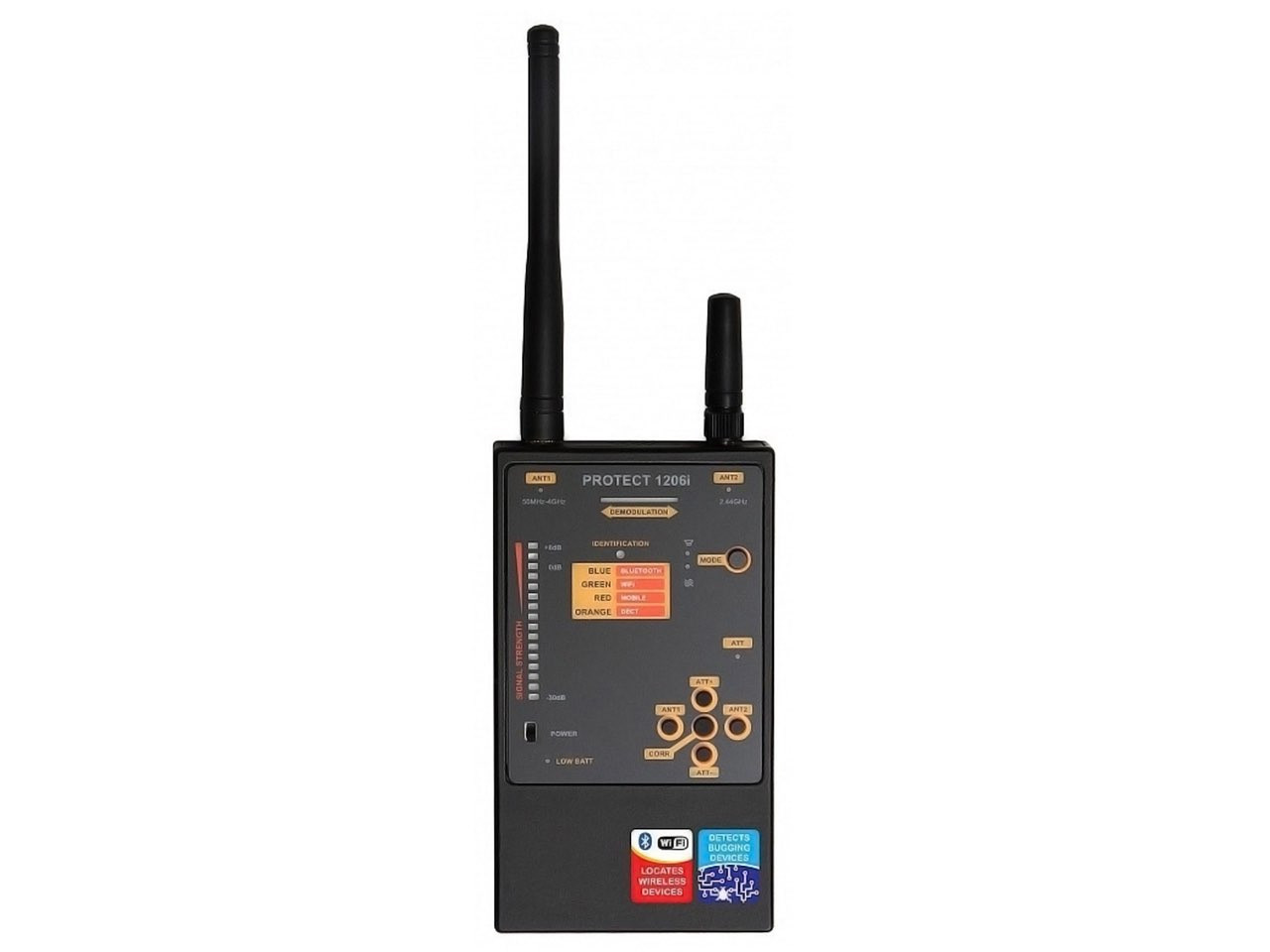Support: Professional Digital RF Detector (007-DD1206) Manual and FAQs
Professional Digital RF Detector: Protect your privacy by finding, identifying, and eliminating technology being used against you:
- Detects more than just cameras! Also identifies Bluetooth, cellular, WiFi, and other RF generating devices for complete privacy.
- Pinpoint signal targeting makes finding the precise source of unwanted monitoring, quicker and easier.
- Identify which type of device you're facing with alert settings including silent, audio, vibration, and mixed settings.

Download User Manual
FAQ
How Do Bug Detectors Work?
Bug detectors are slightly more complex than camera detectors but are fairly simple to use. These devices hone in on the RF (radio frequency) signals that bugs transmit and indicate the presence of a bug by lighting up, making a sound, or both. It's important to note that bug detectors are designed to pick up any RF signal in a given area, so you may get "false" positives if another RF-transmitting device (such as a cell phone, radio, or microwave) is nearby and active during your bug sweep.
What to do before you start using your device.
Before you start using your bug detector, make sure to turn off, unplug, or disconnect any communication devices that you are aware of in the space you’re scanning. Once you've done this, you can turn on your RF-detecting device.
Things to keep in mind while scanning.
While scanning, it's crucial to take your time and be patient. Some bugging devices may not immediately register a signal, so you may need to continue the scan while waiting for a transmission. For example, a GPS tracker placed in a vehicle might be programmed to transmit data back to the user every 10 seconds or every 10 minutes, depending on how the device was programmed. Due to this, you may need to turn on the detector and wait until the bugging device you’re looking for makes a transmission. Until that time, its signal will be undetectable.
Dec 3rd 2023
